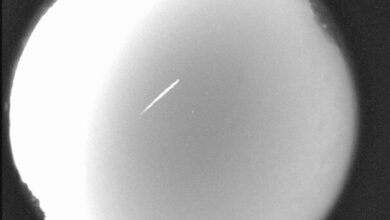Week of NASA woes: Why first Mars sample failed, Boeing Starliner launch delayed indefinitely
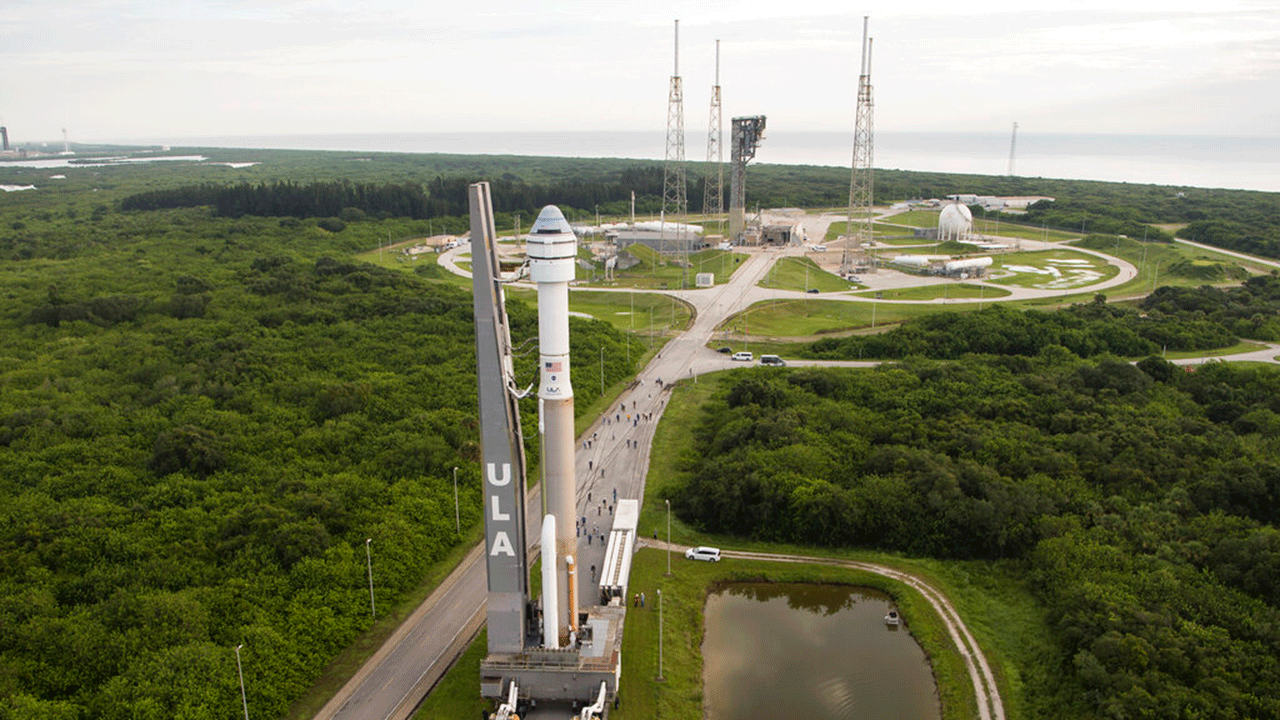
[ad_1]
NASA has had better weeks.
In a recent report, NASA’s Office of Inspector General (OIG) said that its target of landing humans on the moon by 2024 as part of its Artemis program is “not feasible.”
On Friday, agency and Boeing officials said that the highly-anticipated Boeing Starliner test flight would be delayed for months – possibly until 2022.
NASA’S PERSEVERANCE MARS ROVER RUNS INTO PUZZLING SAMPLING CONUNDRUM
The culprit was a valve issue and Starliner’s capsule is slated to be removed and returned to Florida’s Kennedy Space Center hangar for repairs.
Nine of the 13 valves in which moisture had somehow infiltrated have been fixed, while four require more work. There are dozens of valves linked to thrusters that are needed for the mission.
The Starliner was scheduled to launch to the International Space Station (ISS) last week, carrying mannequin “Rosie the Rocketeer.”
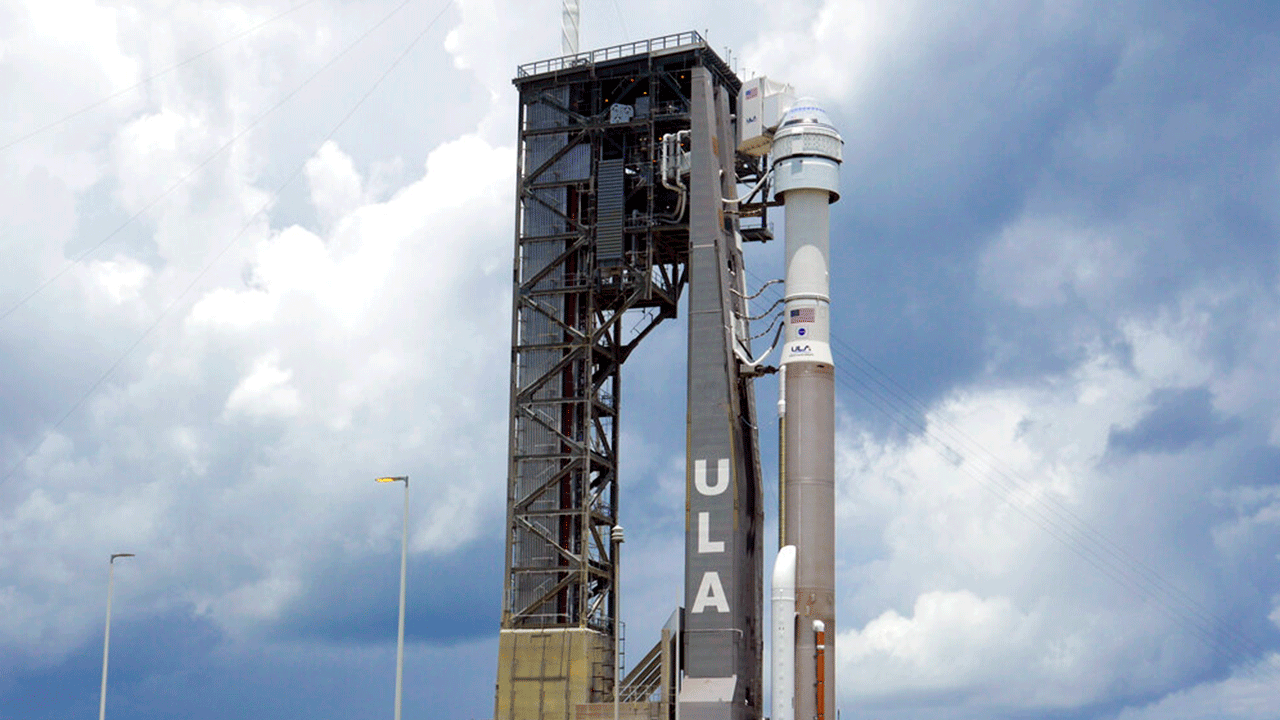
A United Launch Alliance Atlas V rocket, stands on Space Launch Complex 41 at the Cape Canaveral Space Force Station with Boeing’s CST-100 Starliner spacecraft ready for another attempt at an unpiloted test flight to the International Space Station,, Monday, Aug. 2, 2021, in Cape Canaveral, Fla. The new launch date is scheduled for Tuesday.
(AP Photo/John Raoux)
In a release, Boeing said it would “destack its CST-100 Starliner from the Atlas V rocket and return the spacecraft to the Commercial Crew and Cargo Processing Facility (C3PF) for deeper-level troubleshooting of four propulsion system valves that remain closed after last Tuesday’s scrubbed launch.”
The relocation of the spacecraft, the aerospace company wrote, would require Boeing, NASA and United Launch Alliance to pick a new launch date once the issue is resolved.
“Mission success in human spaceflight depends on thousands of factors coming together at the right time,” said John Vollmer, vice president and program manager of Boeing’s Commercial Crew Program said in a statement. “We’ll continue to work the issue from the Starliner factory and have decided to stand down for this launch window to make way for other national priority missions.”
US ASTRONAUT MOON LANDING ‘NOT FEASIBLE’ BY 2024: NASA INSPECTOR GENERAL
“We’re obviously disappointed,” Vollmer told reporters on Friday. “We will fly this test when we’re ready to fly it and it’s safe to do so.”
Kathy Lueders, NASA’s associate administrator for human exploration and operations, said the situation was “another example of why these demo missions are so very important to us … to make sure we have the system wrung out before we put our crews on.”
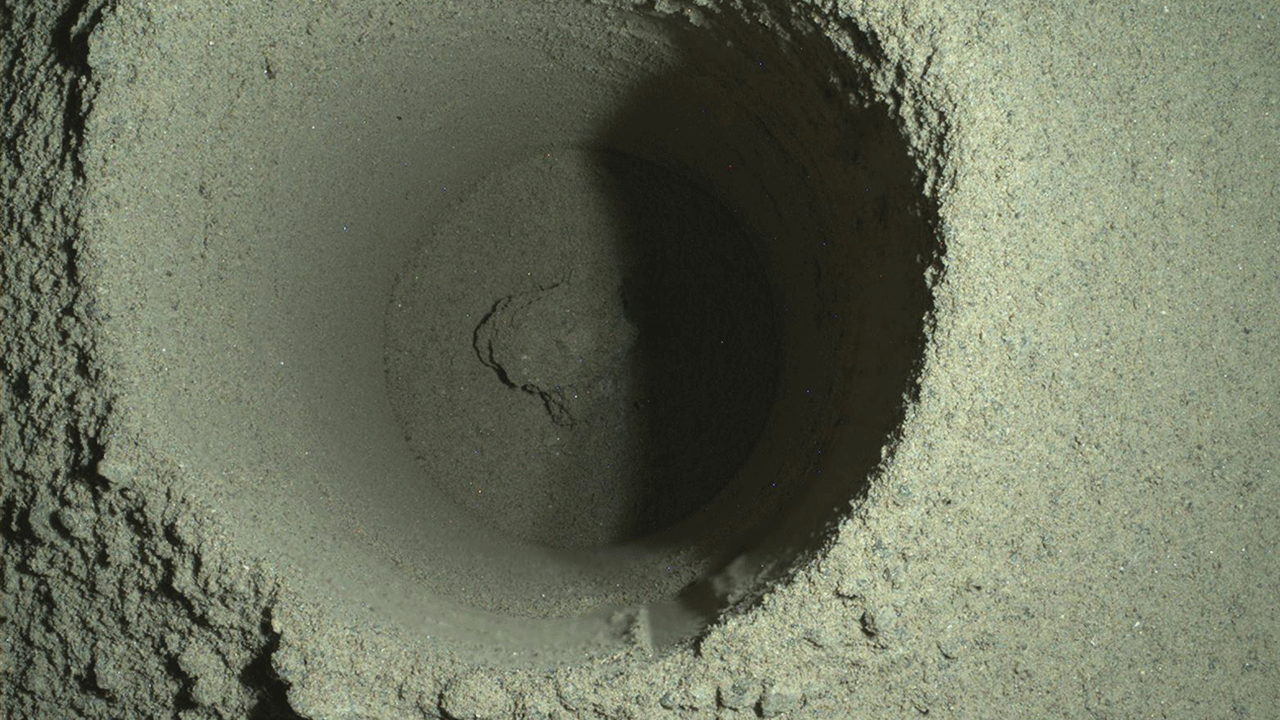
This composite image of the first borehole drilled by NASA’s Perseverance rover on Mars was generated using multiple images taken by the rover’s WATSON (Wide Angle Topographic Sensor for Operations and eNgineering) imager. The borehole is 1.06 inches (2.7 centimeters) in diameter. A subsystem of the SHERLOC (Scanning Habitable Environments with Raman & Luminescence for Organics & Chemicals) instrument, WATSON can document the structure and texture within a drilled target, and its data can be used to derive depth measurements. The image was taken on the mission’s 165th Martian day, or sol, at night in order to reduce self-shadowing within the borehole that can occur during daylight imaging. Some of WATSON’s white LEDs illuminated the borehole. NASA’s Jet Propulsion Laboratory built and manages operations of Perseverance and Ingenuity for the agency. Caltech in Pasadena, California, manages JPL for NASA. WATSON was built by Malin Space Science Systems (MSSS) in San Diego and is operated jointly by MSSS and JPL.
(NASA/JPL-Caltech/MSSS)
A similar capsule saw software issues in 2019 that prevented it from reaching the ISS.
“Probably too early to say whether it’s this year or not,” Vollmer said.
At the beginning of the week, the Perseverance Rover Mission team at NASA’s Jet Propulsion Laboratory (JPL) was working to determine what went wrong with their first attempt at sampling Martian rock and regolith.
The initial belief, according to Perseverance project manager Jennifer Trosper, was that the rock target had not reacted the way it was expected to during coring.
At the beginning of the week, the researchers said both of their science and engineering teams believed that the rock was to blame.
“Both the science and engineering teams believe that the uniqueness of this rock and its material properties are the dominant [contributors’ to the difficulty in extracting a core from it,” JPL Chief Engineer for Sample and Caching Louise Jandura wrote in an August 11 blog post.
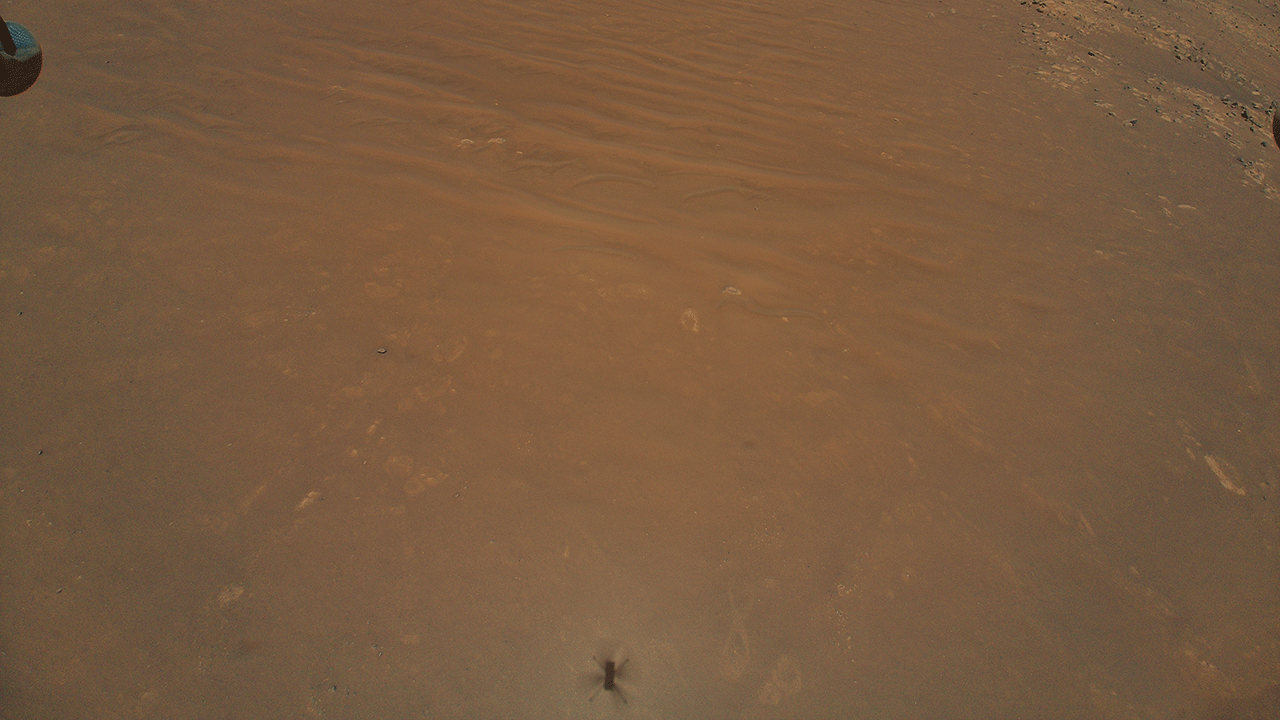
Figure 1 shows the “South Séítah” region of Jezero Crater, captured by NASA’s Ingenuity Mars Helicopter during its 11th flight on Aug. 4, 2021. At the bottom center of the image is Ingenuity’s shadow. Above it, toward the top of the frame – just beyond the dune field and right of center – is the Perseverance rover (the bright white dot).
(NASA/JPL-Caltech)
With one attempt under their belt, the team has decided to move on to the South Séítah region of the red planet’s Jezero Crater.
“Based on rover and helicopter imaging to date, we will likely encounter sedimentary rocks there that we anticipate will align better with our Earth-based test experience,” Jandura wrote.
The next sampling attempt is set for early September.
CLICK HERE TO GET THE FOX NEWS APP
“The hardware performed as commanded but the rock did not cooperate this time. It reminds me yet again of the nature of exploration. A specific result is never guaranteed no matter how much you prepare,” she said. “Despite this result, science and engineering have progressed. We achieved the first complete autonomous sequence of our sampling system on Mars within the time constraints of a single Sol. This bodes well for the pace of our remaining science campaign. We are looking forward to the next sampling attempt in South Seitah, anticipated in early September.”
The Associated Press contributed to this report.
[ad_2]
Source link





